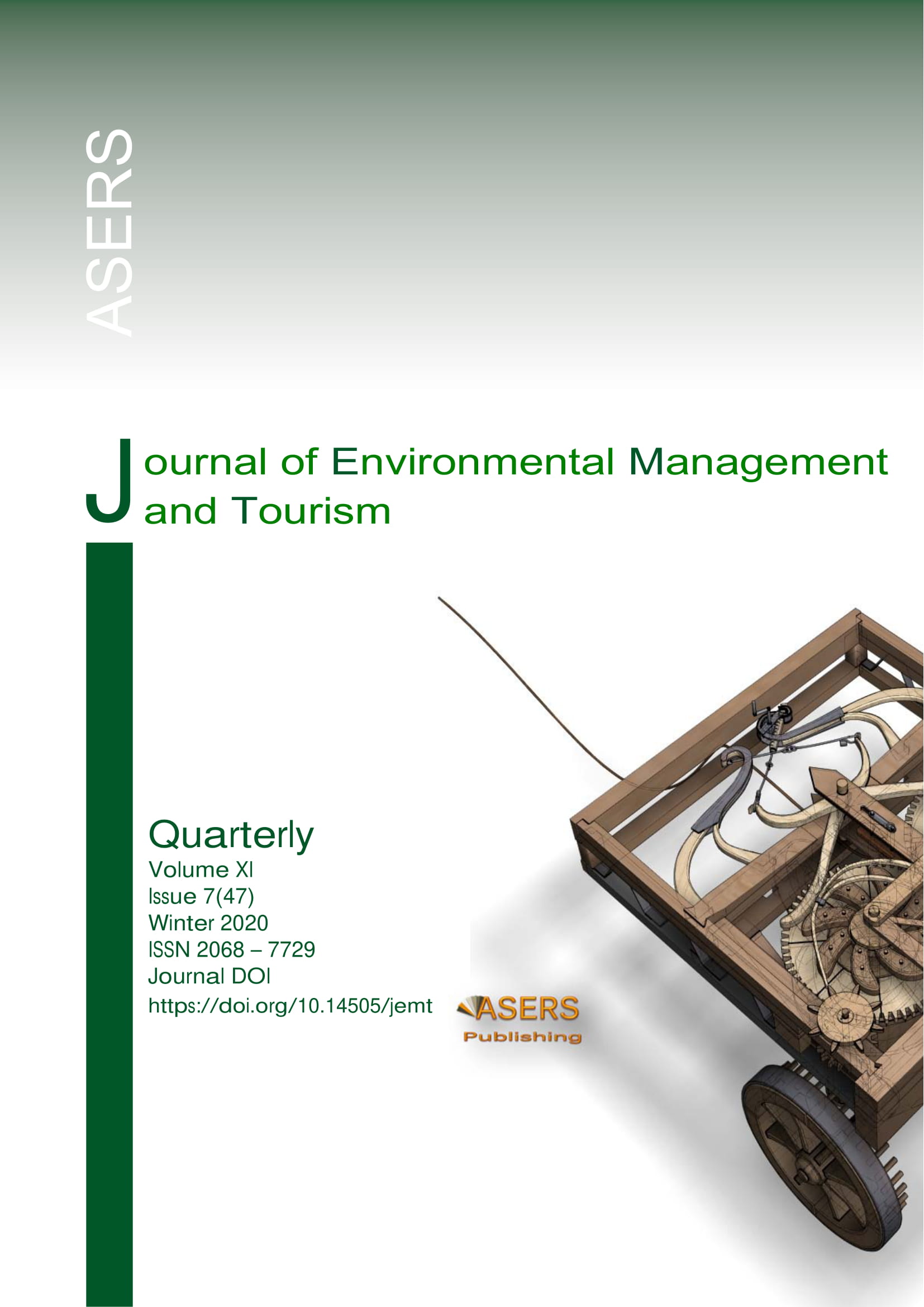The Disaster as a Factor in the Development of Modern Tourism. A Study Case Based on the Chernobyl Nuclear Power Plant
The Disaster as a Factor in the Development of Modern Tourism. A Study Case Based on the Chernobyl Nuclear Power Plant
Author(s): Daniel Bakota, Robert MACHOWSKI, Arkadiusz Płomiński, Aliaksei RAMANCHUK, Mariusz Rzętała, Lesia ZastavetskaSubject(s): Economy, Tourism
Published by: ASERS Publishing
Keywords: dark tourism; industrial disaster; nuclear power plant; Chernobyl;
Summary/Abstract: The destination which attracts tourists is the Chernobyl Exclusion Zone established in the area of radioactive contamination within a radius of 10 to 30 km around the plant. The main tourist attraction of the zone is the infrastructure of the inactive nuclear power plant, notably reactor no. 4 covered with a concrete and steel sarcophagus. The abandoned city of Pripyat, called the "ghost town", is also of unique value to tourism. The "Duga" radar station (also dubbed "The Eye of Moscow"), an artefact of the Cold War, also lies within the zone accessible to tourists. These sites, with their mysterious and dark history, are a magnet for an increasing number of tourist groups. In 1995 the zone was visited by 900 tourists. Subsequent years have brought a regular annual growth in the number of visitors to 17,800 in 2013. A decline came in 2014 (8400), which was caused by the political situation in Ukraine (e.g. Euromajdan). The last five years (2015-2019) are characterised by a very large annual increase in the number of tourists, and in some years, an almost a doubling of the humbers compared to the previous year (2015 – 16,400, 2016 – 35,100, 2017 – 46,136, 2018 – 71,869, 2019 – 124,001).
Journal: Journal of Environmental Management and Tourism (JEMT)
- Issue Year: XI/2020
- Issue No: 07 (47)
- Page Range: 1729-1741
- Page Count: 13
- Language: English
- Content File-PDF

